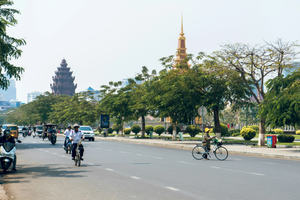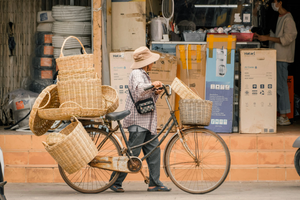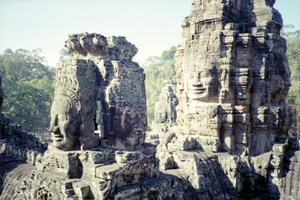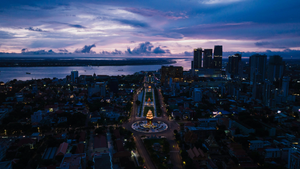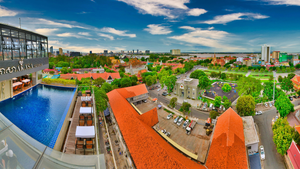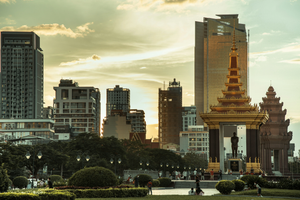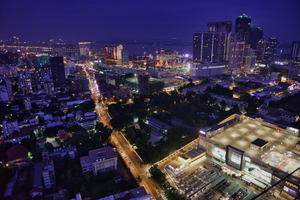History and Harmony: Exploring Phnom Penh's Royal Palace and Pagan Pagodas
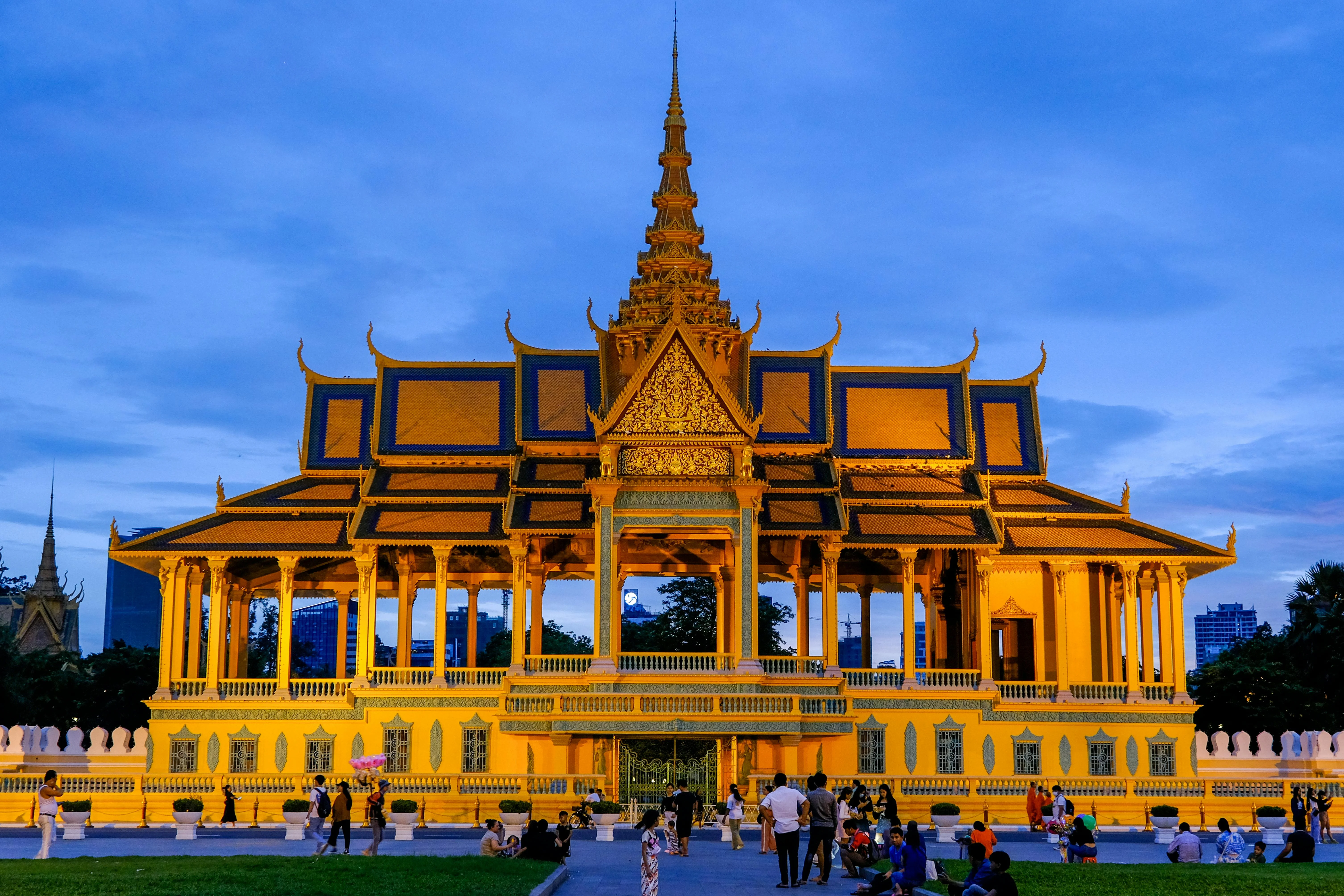
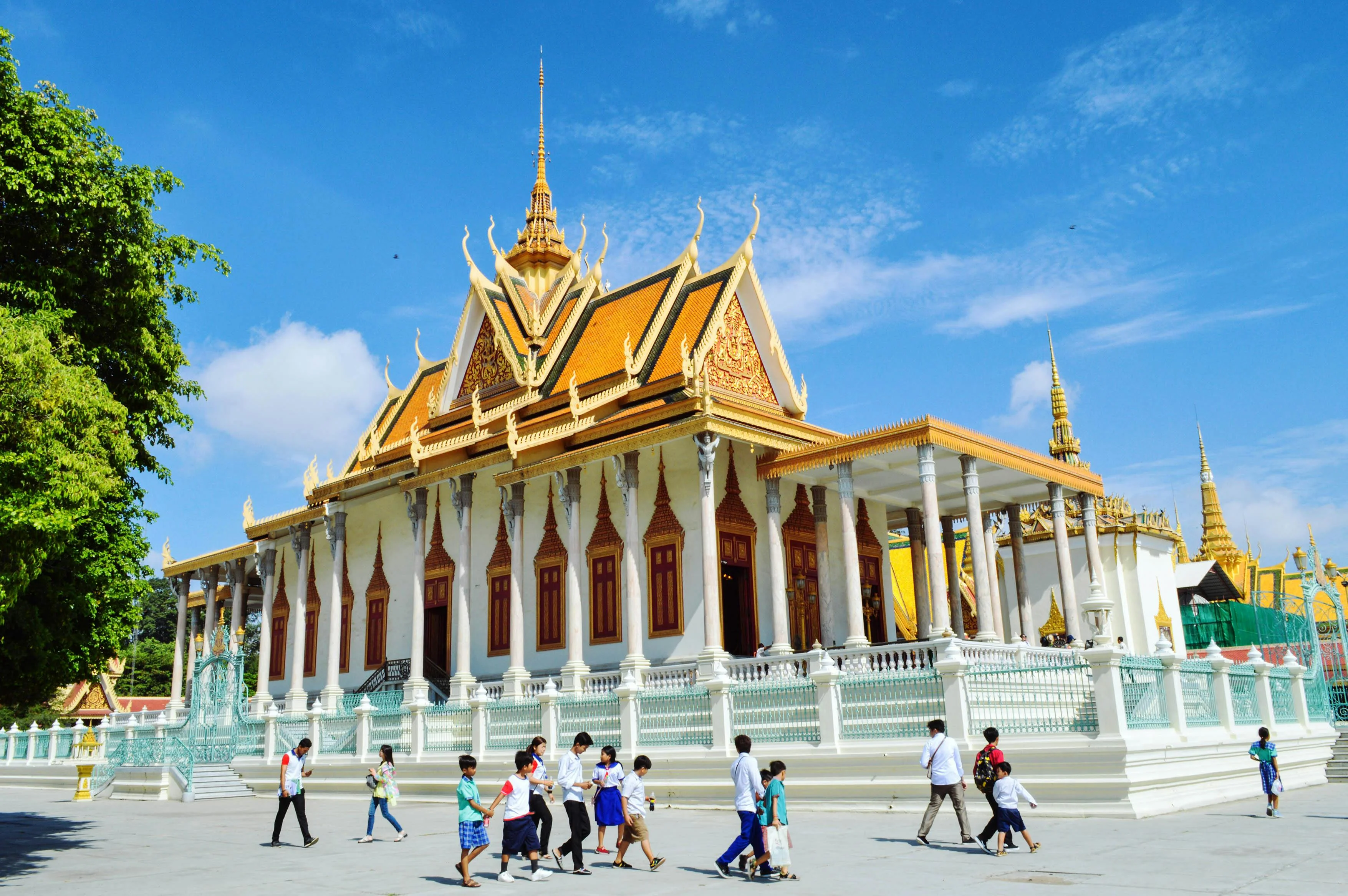
The Majestic Royal Palace
A Glimpse Into Cambodia Majesty
The Royal Palace of Phnom Penh, an emblem of Cambodia's regal heritage, serves as the official residence of the King of Cambodia. This gilded architectural marvel, crowned with classic Khmer roofs and ornate gilding, is a testament to the ingenuity of Cambodian artisanship. Dating back to 1866, its construction marked a significant moment in Cambodia's history as it transitioned from one era to another.
Key Highlights of the Royal Palace
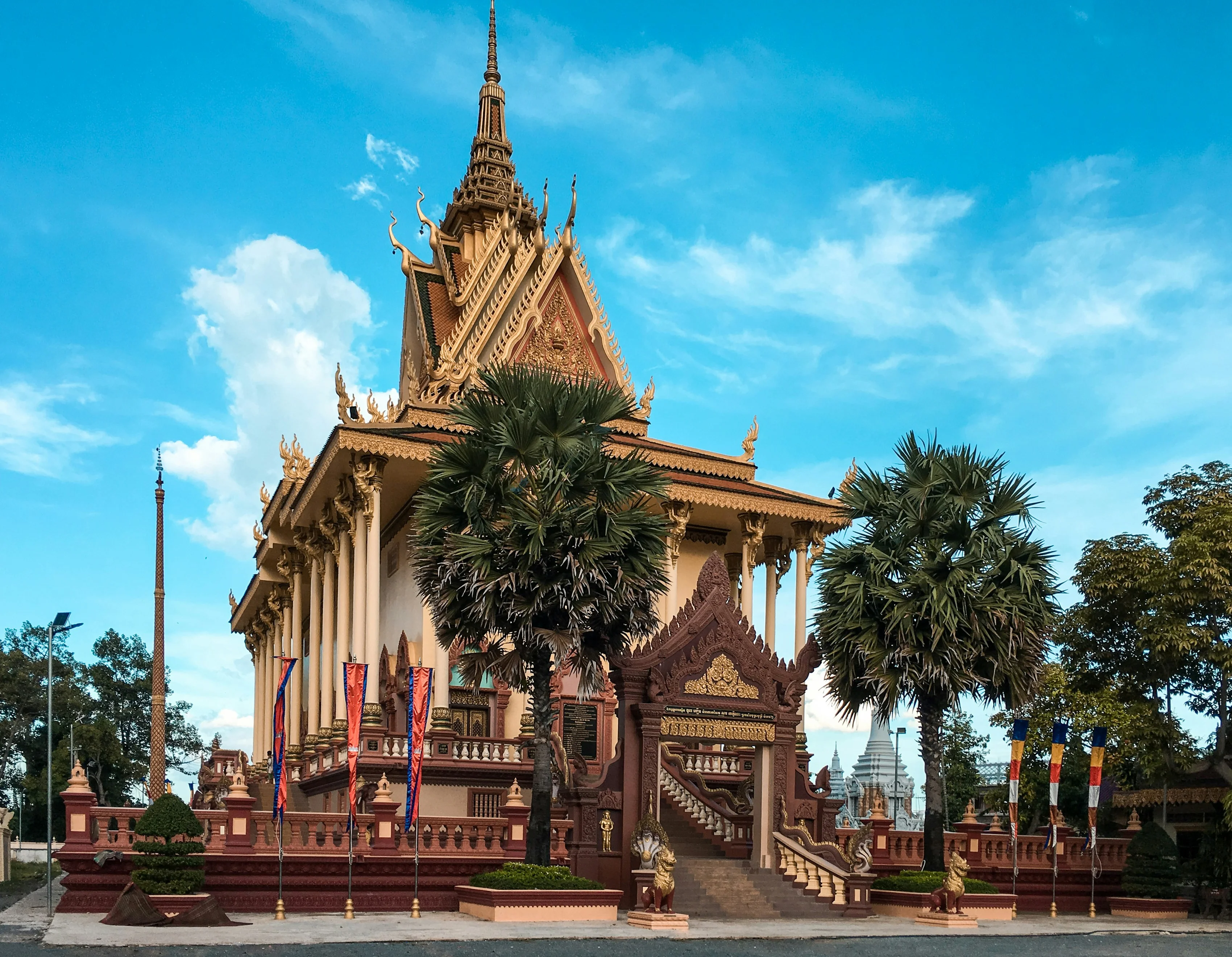
Unearthing the Mystical Pagan Pagodas
Tradition Meets Serenity
Among the city's gems are the numerous pagodas where visitors can immerse themselves in spiritual tranquility. These sacred spaces are an integral part of Cambodia's cultural identity, serving as places of worship and community gathering.
Notable Pagan Pagodas
One of the most noteworthy is Wat Phnom, the city's central pagoda and the namesake of Phnom Penh. This temple sits atop the only hill in the city, combining legend and religion within its walls. Be sure to visit on special occasions and public holidays to witness the local traditions in full swing.
Another significant site is Wat Ounalom, considered the most important Buddhist temple in Phnom Penh. Founded in 1443, the pagoda encapsulates Cambodia's spiritual heritage, housing a giant statue of Buddha and serving as the headquarters of Cambodia's Buddhist brotherhood.
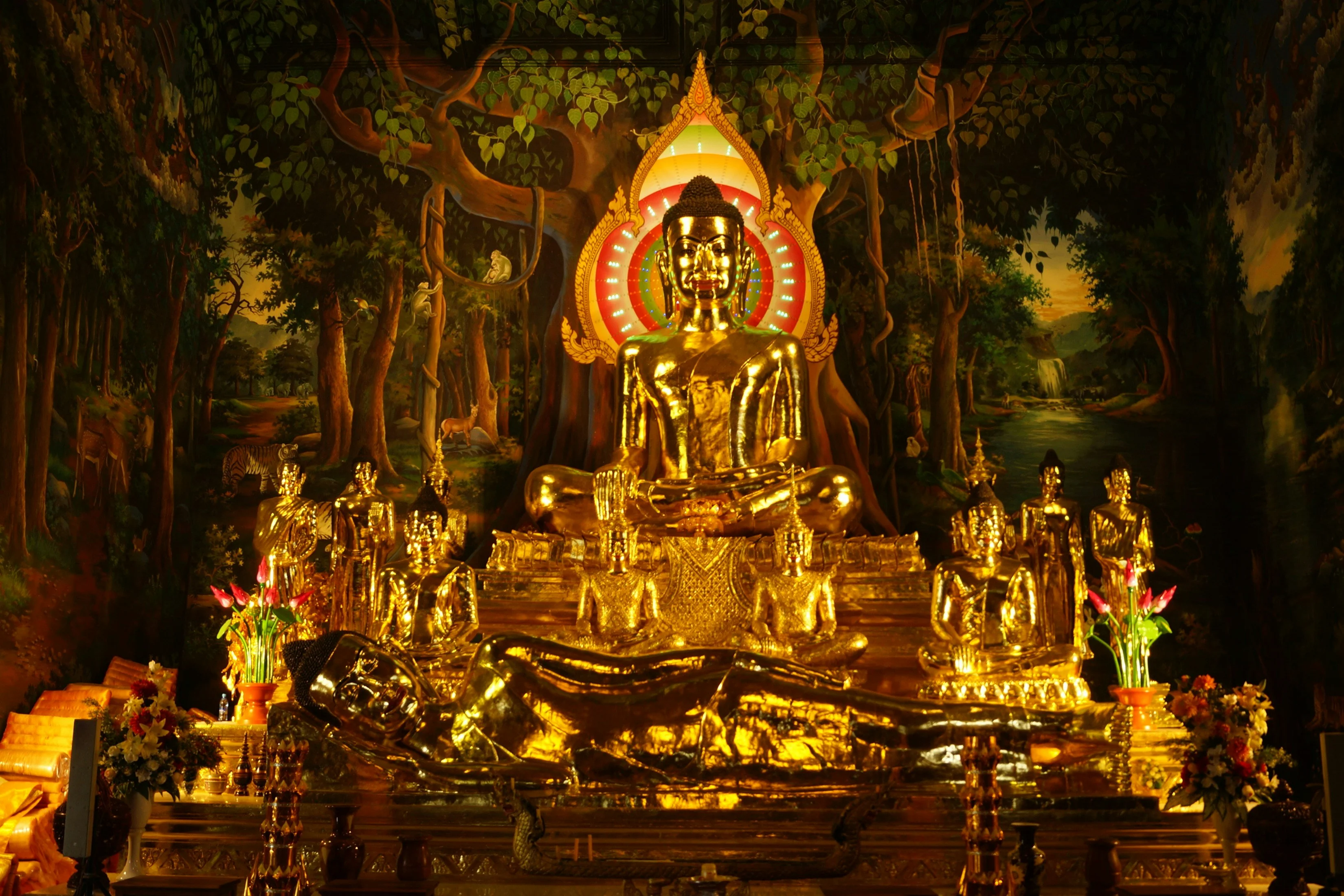
Journey of Harmony and Discovery
Phnom Penh's Royal Palace and Pagan Pagodas do more than offer an educational trip through Cambodia's rich history; they provide a serene refuge amidst the urban pace, allowing visitors to pause and reflect.
Why Visit?
- Rich History: Gain insights into Cambodia's fascinating past, marvel at the royal splendor, and explore ancient religious centers that have shaped the nation's cultural landscape.
- Cultural Immersion: Witness Cambodia's traditional practices and spiritual resilience, deeply rooted and celebrated through the centuries.
- Architectural Marvel: Be captivated by the exquisite Khmer architecture, an artistic representation of Cambodia's craftsmanship and ingenuity.
Conclusion
Phnom Penh, with its harmonious blend of history and spirituality, offers an unparalleled journey through the Royal Palace's opulence and the serene beauty of Pagan Pagodas. Whether you're a history buff, a cultural enthusiast, or a spiritual seeker, the capital of Cambodia invites you to uncover its treasures. Here, the past meets the present, whispering tales of grandeur and devotion, waiting for you to listen.
